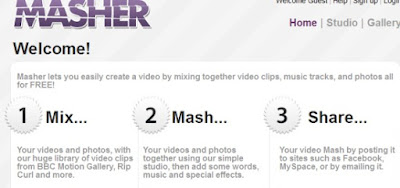My dad was in the Canadian Navy during World War II. He never really talked about the war but he did write this for our family. I would like to share it with you.
H.M.C.S. Fort William-J 311,
31st Minesweeper Flotilla
Built: Port Arthur, Ontario
Commissioned: 1942
Stationed: Halifax,
Nova Scotia - North
Atlantic Ocean
Duties: Minesweeping and
Convoy escort off Canada’s
East coast and the English Channel
“D”Day
Approximately one week prior to the invasion,
HMCS Fort William was anchored with hundreds of other ships in the harbour at Portland England. No leave was granted or mail allowed going
ashore during that period. All mail was
being held until after the landing. No
sailing orders had been received and we could only guess why we were
there.
In the early hours of the
morning of June 6th 1944 all ship’s companies were informed by their
captains of the time and place of the invasion.
HMCS Fort William was to mine sweep Omaha Beach
to allow American battleships, cruisers and destroyers to get close enough to
shell the German shore batteries and prevent them from shelling the Allied
ships.
The ships in the harbour had
been at the ready and only required the extra boilers to be flashed up and the
anchors lifted. Each ship had been given
their orders as to the time and place as they left the harbour and steamed
toward France. All along the coast of the west of England
thousands of ships sailed in the dark with out any lights showing, heading for
their designated beaches to carry out their part in the operation. This was the
start of Operation Neptune.
Operation Neptune was the
code word for the naval operation to support the “D”- Day landings and the Fort William
was to go in first with the other mine sweepers to sweep Omaha Beach.
It was pitch black that
morning and the water was pretty rough.
It was also deadly quiet until the big guns on the battleships suddenly
started firing over our ship. We could
see the mass of ships, when the sky lit up with the gun flashes.
When we had finished our
sweep our orders were to steam back behind the gun ships. Before turning we snagged our sweep wire on
an underwater obstacle that the Germans had left to catch enemy ships or tanks. While we were stopped trying to free the ship
from the wire we could watch the American landing barges heading for the
beaches. I am sure many of them were
seasick as well as being scared.
Some of the sailors manning
the barges were unable to locate the beach they were to land the troops at and
had to come along side our ship calling up to the bridge where our captain
would give them directions to their landing position. Getting stuck was not planned but supplied
the Yanks with a needed traffic cop.
The planners chose a good day
even if it was rough because the following day proved to be rougher still and
caused a lot of ships that tried to anchor plenty of problems and damage.
We were required to remain
off the coast of France, refueling and sweeping Cherbourg
Harbour. We returned to Canada in September 1945.
C.P.O. Andy Holwerda 1921 -
2005
Chief Petty Officer
















